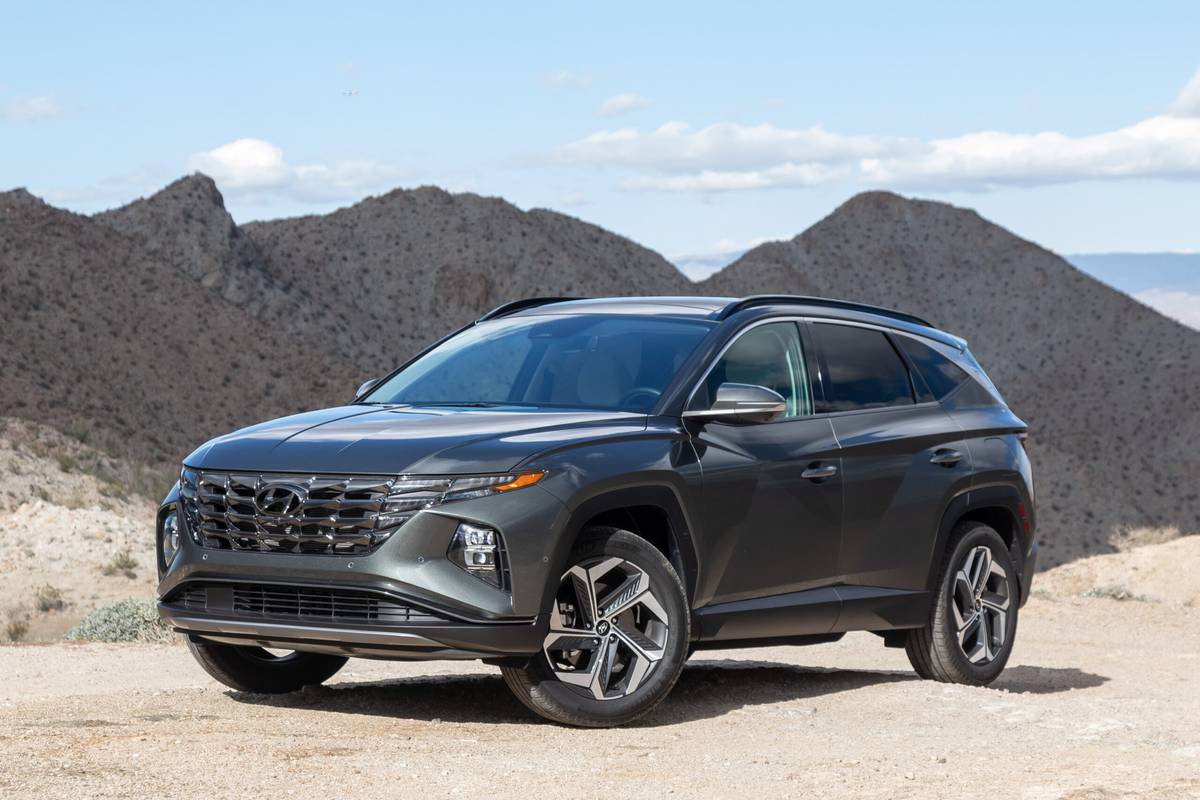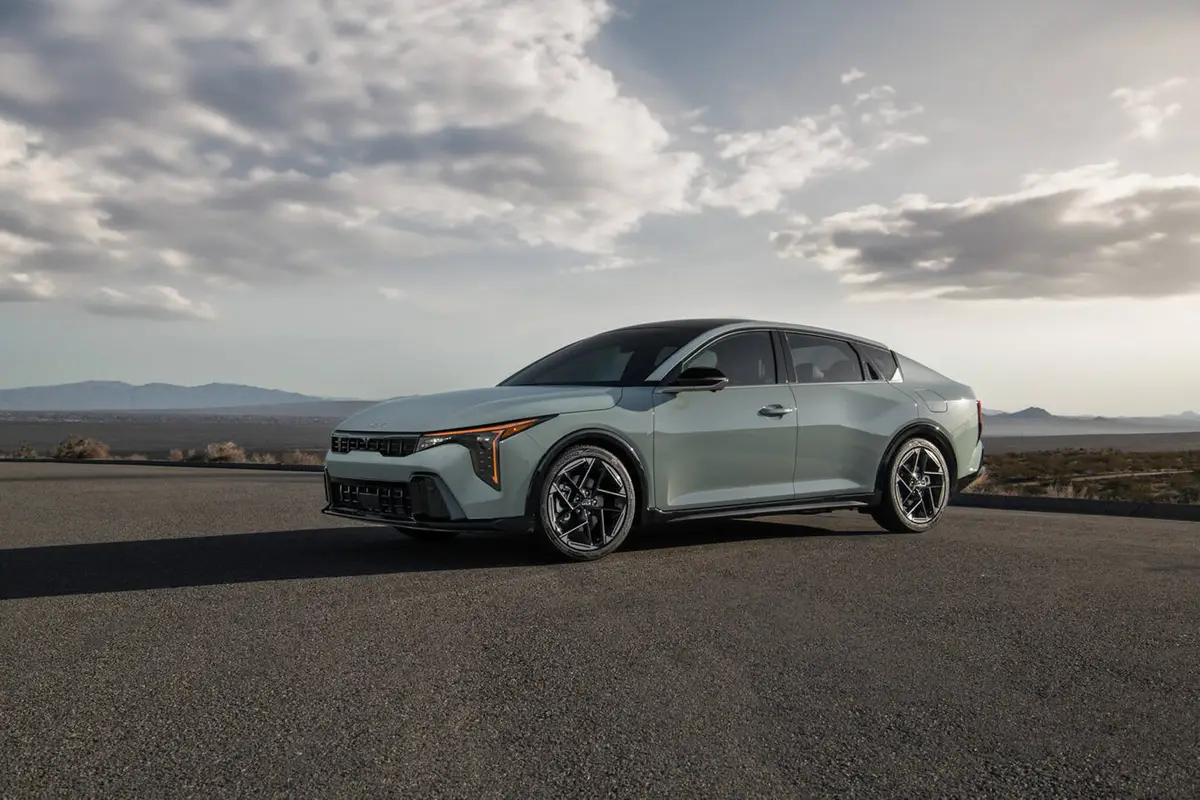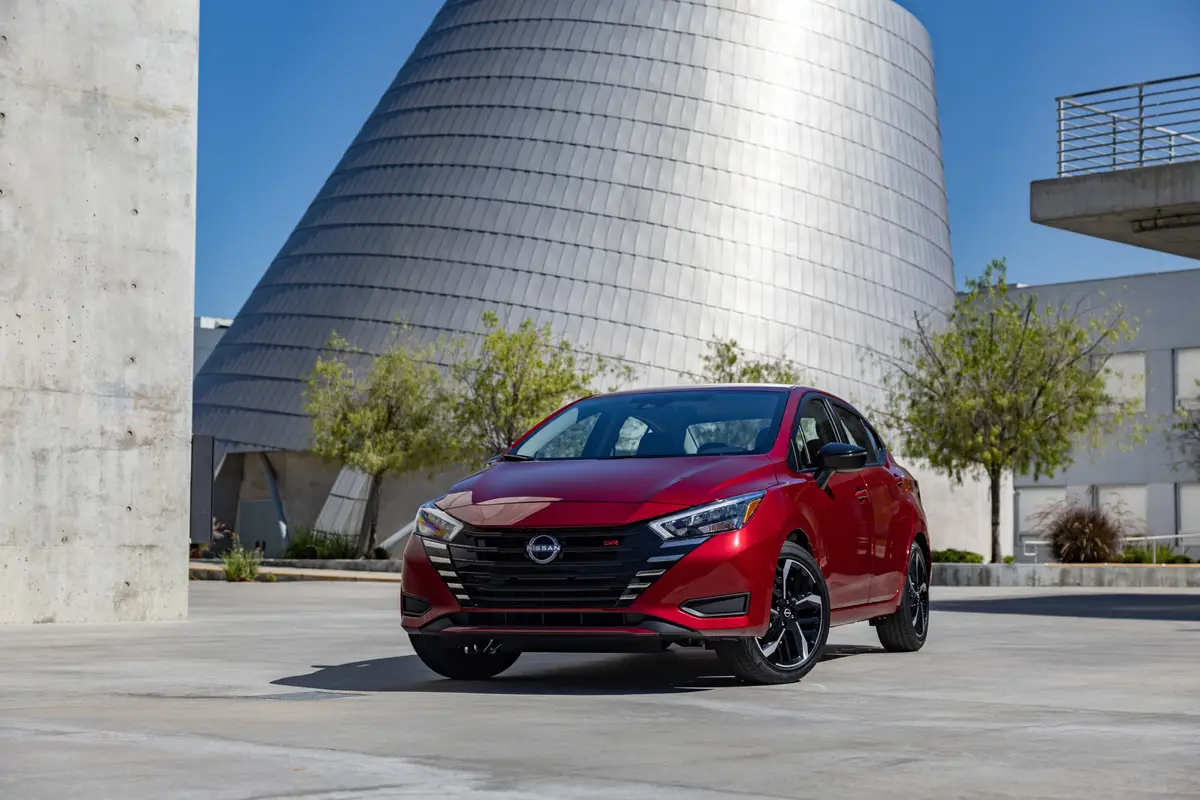Cincinnati.com's view
Is it possible, the Toyota Celica is entering its seventh generation? Why, it seems like only yesterday the first one caught my eye. But that yesterday was in 1971, and there have been six major and quite a few more minor improvements on the theme of a high-style, affordable, sporty small car.
True to its heritage, it has developed a good rep for reliability and has always had a high fun-to-drive score. The apex in that category came with the ’88 model year when a turbocharged, all-wheel-drive version was first offered. Alas, the four-wheeling experiment only lasted five years, as sales were not sufficient to justify continued production of the high-ticket variant. No alas, however, for the disappearance of the turbo, always a mixed bag of excitement and reliability concerns. With this year’s top-of-the-line model, Toyota has contrived to extrude turbo-like power from a normally-aspirated engine. The GT-S is the hot one, while the GT is the competent one. The GT’s 1.794-liter four-banger makes 140 hp, respectable in the context of a 2,500-pound machine, while the GT-S’s 1.796-liter dynamo cranks out 180 horses and eight more foot-pounds (133.
We need to look at the numbers in a little more detail to discern the vast difference in character between the two all-aluminum motivators. (The GT-S’s was co-developed with Yamaha, known for its high-revving predilection.) While the GT’s torque peaks at 4,200 rpm, the GT-S’s maxes out at 6,800. The GT’s horsepower crest is at a lofty 6,400, while the GT-S’s comes at a stratospheric 7,600. Highly tuned? I’d say so. The GT runs on regular fuel, while the GT-S, with its unusually high 11.5:1 compression ratio, needs premium if it’s to do its best work. If you follow these things, you’ll recognize that the base engine would be the better match for an automatic transmission, although one can be had also with the GT-S. If you’re going the GT-S route, Toyota rewards you with a six-speed manual transmission as standard equipment.
It won’t be long before you recognize that even at legal speeds, that is not overkill (a six-speed is a bit much in something like the Corvette, with its big V-8). The first five are quite close together, allowing the engine to breathe fire at most any road speed and stay on the very narrow power peak, while sixth is a long-legged overdrive to allow the engine to catch its breath while cruising. Final drive ratio is a hefty 4.529:1, so you’re still turning about 3 grand cruising at 65 in sixth.
The GT-S didn’t seem very much in the game below 4,000 rpm. It really gets with the program at 6,000, when the variable valve timing and lift (similar to Honda’s VTEC approach) reaches the hubba-hubba stage, and the driver had best be focused. There’s a good deal of commotion under the hood, but it’s a tune a buyer of this sort of car will find pleasant; the exhaust note is rather wimpy.
Even with a vicious approach to the 0-60 exercise in this front-driver, I not ed almost no wheel-wrenching torque steer at blastoff, although pedal finesse was called for to keep the tires and road from trying to destroy each other. After some practice, I found it easy enough to pop low-seven-second sprints, although I would have welcomed the mindlessness of traction control, especially in the wet. The shifter was reasonably fast and tolerably precise, and I soon found that the clutch insisted on being pushed flat to the floor no tolerance on that point.
Ride quality was excellent, considering the sporting setup and lack of mass. The springs and shocks seemed perfectly tuned to complement each other. The cabin is intimate, which I suppose young buyers will like, but they’d still not be six-footers. I took a head whack a couple of times on bumpy roads; with the optional sunroof, there’s only a few millimeters’ worth of clearance for a big lug. And as for the rear seat, anybody who can be tricked into going back there desrves at he/she gets. Contrariwise, e trunk is a surprisingly capacious 16.9 cubic feet, and the rear perch does fold down.
The loaner car had the optional 16-inch alloy wheels, clad in 205/50 rubber, which, being “R”-rated (despite the speedo’s optimistic 160-mph top speed), were at once sticky and compliant. Coupled with the also optional antilock brakes, they produced very comforting, if not dramatic, stops. The brakes are of the disc kind, ventilated fore, solid aft and quite generously-sized for a small car.
Steering response was quick, a little nervous, perhaps, but in tune with the car’s high-strung nature. Highway tracking was good, and self-centering effect was appropriate.
Fit and finish were excellent, with appealing materials well-applied at the factory in Japan. I quibble with the design of the instruments; an Infiniti-like script seems inappropriate in a car like this, besides being hard to read. And I found the orangeish-yellow color singularly unappealing. More’s the pity, because the fuel level and coolant temperature gauges are made up of diodic segments, which would be stunning in blue. The aforementioned braggart of a speedometer is positioned so that 160 is at 3 o’clock, with three-digit speeds at noon. Makes more sense, I submit, to follow the usual practice and put 60 or 70 at top in this country.
The EPA ratings on the six-speed GT-S are 24 city, 32 highway. I logged 25.2 and would expect that to be typical if the car were driven as it is intended to be. Dual depowered front airbags are standard, and I’d recommend the optional side airbags. The GT-S comes with an eight-speaker, AM-FM-cassette-CD sound system. It had plenty of power, and showed decent tuner sensitivity, although it was somewhat lacking in presence.
Base price on the Celica GT-S is a modest $21,165. There’s no need to add much, but I’d probably get most of the add-ons provided with the tester: antilock brakes, $550; 16-inch alloys, $60; power tilt/slide moonroof, $880; carpeted mats, $75, and a cargo net, $42. Total with freight was $33,925. I’d pass on the rear spoiler, $435, but that’s an age thing and this car is aimed at my kind.
Overall, the exterior styling reminds me a bit of the Mercury Cougar, though perhaps not as well realized. Bold curves and sculpting contrast with sharp edges for a feeling of tension. That tail end looks a bit plump, an effect the spoiler only exaggerates. I don’t think this design will wear well, which is just what the designers intend for this segment.
Since it’s a new model, neither crash survival nor reliability information is available yet.
Total as-tested price, with freight, was $23,662.
“The Gannett News Service”
Latest news



